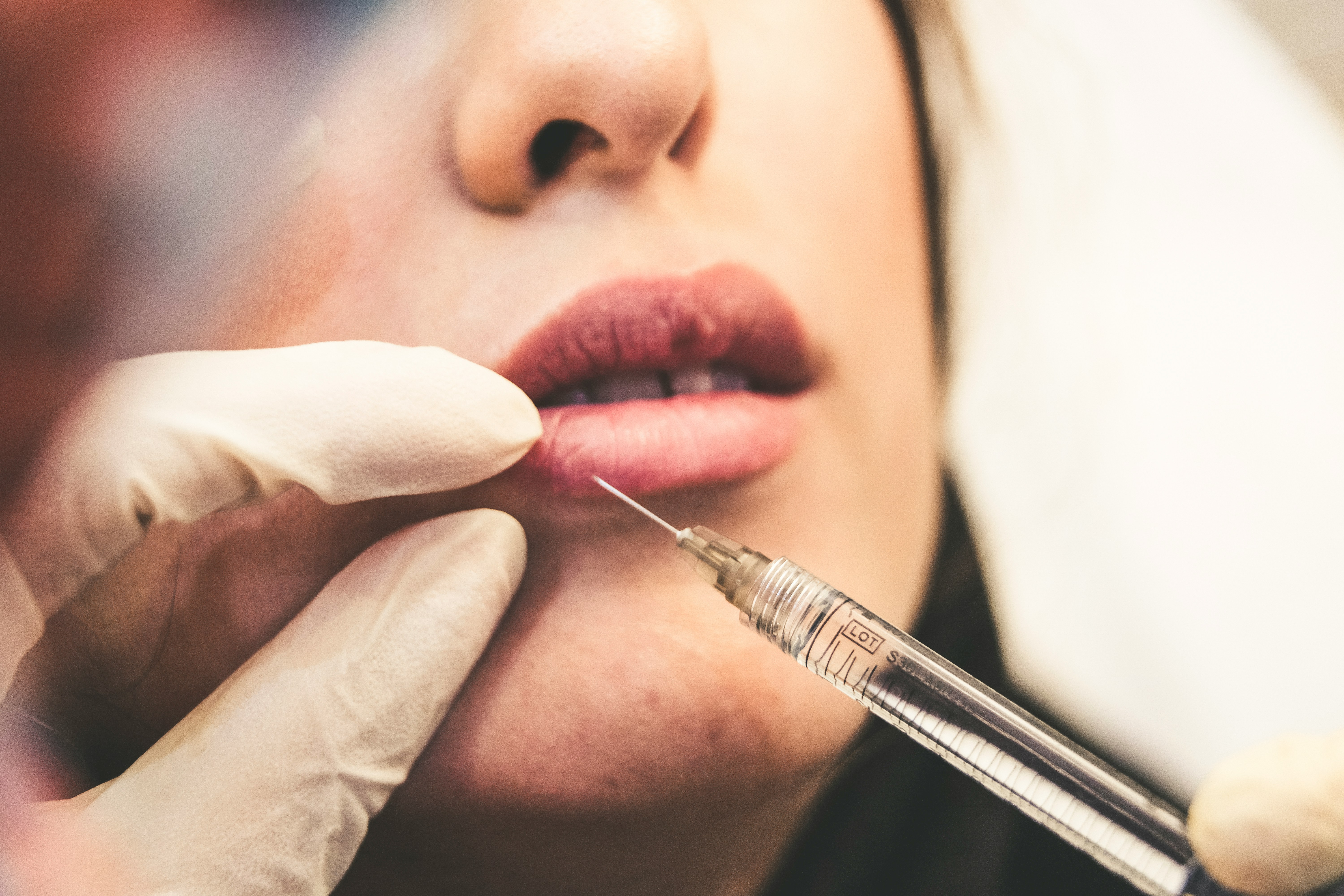Choosing between PDO (Polydioxanone) threads and a traditional facelift depends on various factors, including your specific concerns, preferences, and goals. Here’s a comparison to help you determine which option may be right for you:
PDO Threads:
Pros:
- Non-Surgical: PDO thread treatment is a minimally invasive procedure that involves inserting dissolvable threads under the skin to lift and tighten sagging facial tissues.
- Minimal Downtime: Most patients experience minimal downtime after PDO thread treatment, with some swelling, bruising, and mild discomfort that typically resolves within a few days to a week.
- Stimulates Collagen Production: PDO threads stimulate collagen production, which helps to improve skin firmness, elasticity, and texture over time.
- Versatility: PDO threads can address various signs of aging, including sagging skin, loss of volume, fine lines, and wrinkles, in different areas of the face.
Cons:
- Temporary Results: While PDO thread treatment can provide noticeable improvement, the results are typically temporary and may last anywhere from 6 months to over a year, depending on individual factors.
- Less Dramatic Results: PDO threads may not provide the same level of lift and rejuvenation as a traditional facelift, particularly for individuals with more severe signs of aging or significant skin laxity.
Traditional Facelift:
Pros:
- Long-Lasting Results: A traditional facelift can provide more dramatic and longer-lasting results compared to PDO thread treatment. The effects of a facelift can last for many years, with results often lasting a decade or more.
- Comprehensive Rejuvenation: A facelift can address multiple signs of aging, including sagging skin, jowls, deep wrinkles, and loss of facial volume, in a comprehensive and transformative way.
- Customizable: A facelift can be tailored to each patient’s unique needs and concerns, allowing for precise correction and enhancement of facial features.
Cons:
- Surgical Procedure: A traditional facelift is a surgical procedure that involves incisions, anesthesia, and a longer recovery period compared to PDO thread treatment. It carries inherent risks associated with surgery, such as infection, scarring, and anesthesia-related complications.
- Extended Downtime: Recovery from a facelift typically involves a longer downtime compared to PDO thread treatment, with swelling, bruising, and discomfort lasting several weeks to months.
Choosing the Right Option for You:
Consider PDO Threads If:
- You prefer a non-surgical approach to facial rejuvenation.
- You have mild to moderate signs of aging and are looking for subtle improvement with minimal downtime.
- You are not ready for or do not want to undergo surgery.
Consider a Traditional Facelift If:
- You have more severe signs of aging, such as significant skin laxity, deep wrinkles, and jowls.
- You are looking for more dramatic and long-lasting results.
- You are willing to undergo surgery and the associated downtime and risks.
Consultation with a Plastic Surgeon:
Before deciding between PDO threads and a traditional facelift, it’s essential to schedule a consultation with a board-certified plastic surgeon. They can assess your concerns, evaluate your facial anatomy, and discuss your goals to recommend the most suitable treatment option for you. By considering your unique needs and preferences, you can make an informed decision and achieve the desired outcomes in facial rejuvenation.






